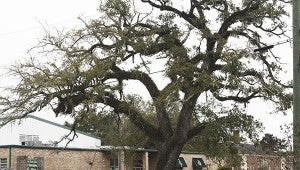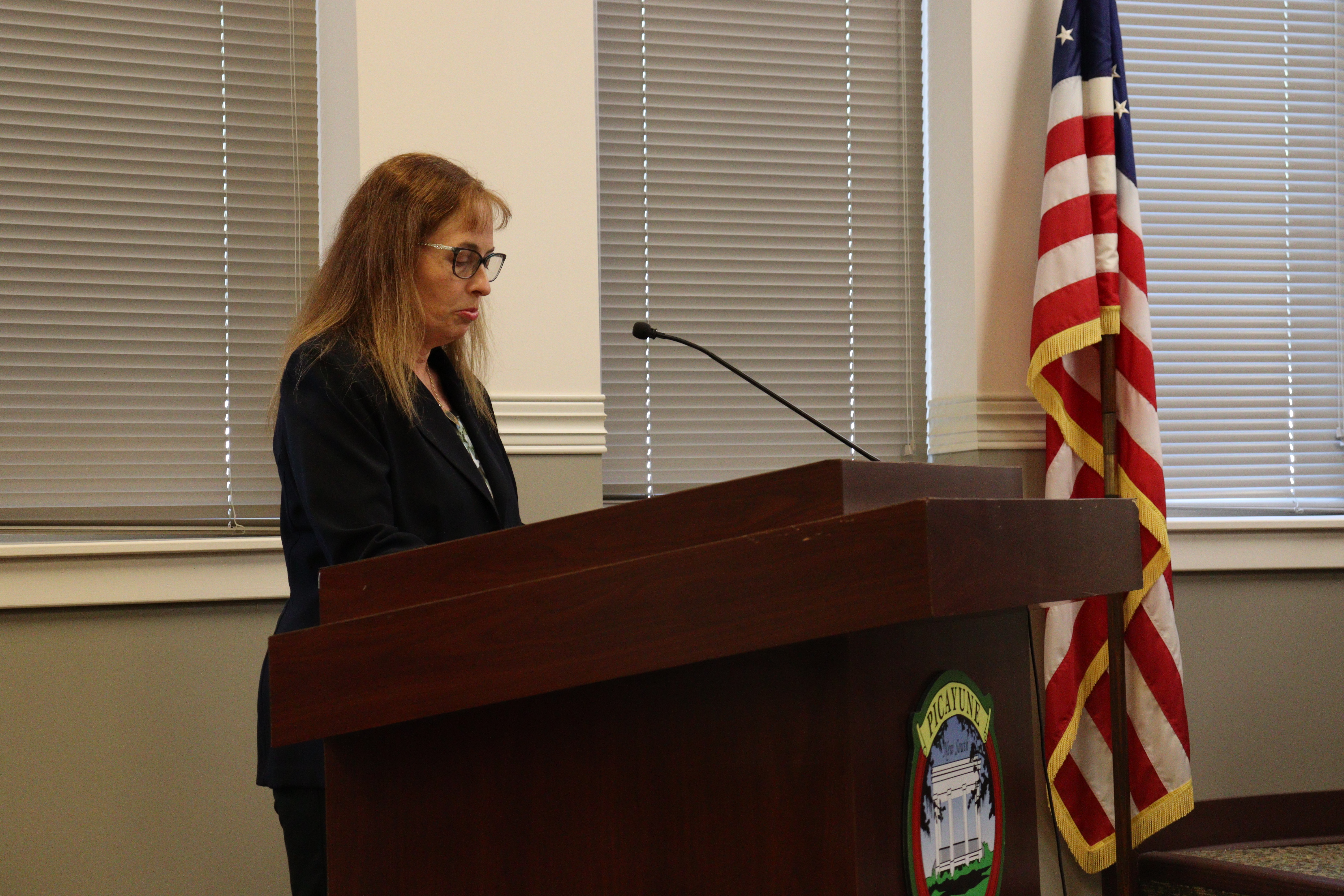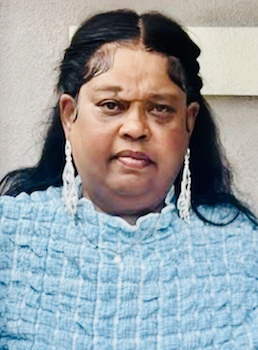Live oaks received some help
Published 7:00 am Friday, January 31, 2014

SICK LIVE OAK: This live oak at The Cornerstone was one of the 123 live oaks treated by Fulgham’s Inc. using funds from the grant from the Lower Pearl River Valley Foundation. This tree and a live oak at PJ’s were the two in worst shape when the city hired Fulgham’s to do the treatments to revive them. Photo by Will Sullivan
Some of Picayune’s live oaks that have been stressed by root compaction and other problems received some help back in 2012 through a grant the city received from the Lower Pearl River Valley Foundation.
The help came in the form of treatment by a company that specializes in helping valuable trees that are suffering from damage to the root systems.
Christy Goss, the city’s grants administrator, filed for and received a $15,000 grant from the LPRVF and used most of the money to hire Fulgham’s Inc. of Tupelo to treat 123 live oaks on public property, including a live oak in the parking lot at PJ’s that showed the most damage, said city public works administrator Eric Morris. Of that total, $9,510 was used to treat the live oaks, Morris said.
Fulgham’s has treated trees all across the South, including Texas, Louisiana and South Carolina. The company also helped revive trees on the Mississippi Gulf Coast and in and around New Orleans following Hurricane Katrina, Goss said.
Other trees that received help through the grant were along Goodyear Boulevard, in Jack Read Park, along Main Street from 4th Street down to the Intermodal Center, at The Cornerstone adjacent to West Side Elementary School, along Telly Road, on Memorial Boulevard, Martin Luther King and in Friendship Park.
“Obviously we would have liked to have done more,” Morris said.
The trees at PJ’s, The Cornerstone and along Goodyear Boulevard needed immediate treatment, Goss said she was told by experts from Fulgham’s who surveyed the city’s trees to determine their needs prior to treatment. Those trees and some others are still in need of further treatment and she is drafting another grant proposal to present to the LPRVF in hopes of getting more help from the foundation.
An email from Fulgham’s describes the treatment as a patented process that injects air into the soil around a tree to “fracture soil compaction” soil followed by the injection of nutrients to stimulate root growth.
Fulgham’s email says its system is the “most cost effective way to fracture soil compaction and stimulate a root system.”
Reducing the compaction also helps trees roots to receive water, oxygen and nutrients from the surface, the email states.
The company states that trees try to maintain a balance between new roots and new shoots of foliage in a tree’s canopy.
Some of the trees treated by the company showed obvious stress in that balance, especially the trees at PJ’s and The Cornerstone where the tops appeared to be dying.
However, Goss said she and Morris were told by the company that it often takes five years for trees in great stress to show significant improvement.
The cost of treatment depends on the size of the tree being treated, Morris said. However, for the 123 trees in Picayune, the average cost per tree for the treatment was $74.39, he said, though larger trees cost more to treat than smaller trees. The number of shots of air and nutrients a tree needs in the soil around it is determined by the circumference of a tree’s trunk, Morris said, and the more shots needed, the more it costs to treat a particular tree.
Some residents of Picayune with live oaks on their property also have begun using the company to treat their trees, both Goss and Morris said.
“We want to preserve our live oaks,” Morris said.





